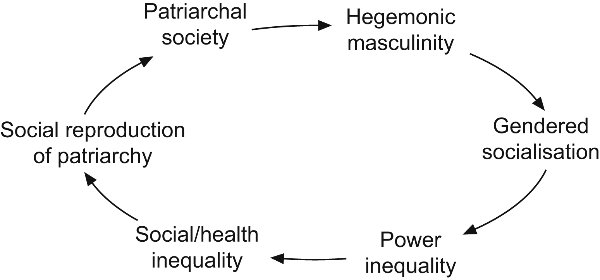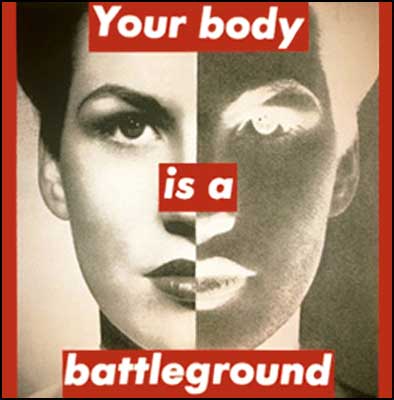Womanhouse
What is it?
Womanhouse was an art experiment that addressed the experiences of women.
_________________________________________________________________________________
Who are they?
Twenty-one art students refurbished an abandoned house in Los Angeles and turned it into a provocative 1972 exhibit. Womanhouse received national media attention and introduced the public to the idea of Feminist Art.The students devoted enormous amounts of their time in late 1971 to refurbishing the house, which had broken windows and no heat. They struggled with repairs, construction, tools, and cleaning out the rooms that would later house their art exhibits.
_________________________________________________________________________________
When was it open to the public?
Womanhouse was opened to the public in January and February of 1972, gaining a national audience. Each area of the house featured a different work of art.
_________________________________________________________________________________
“Bridal Staircase,” by Kathy Huberland
Judy Chicago’s “Menstruation Bathroom.”
For more information check out the link below:














